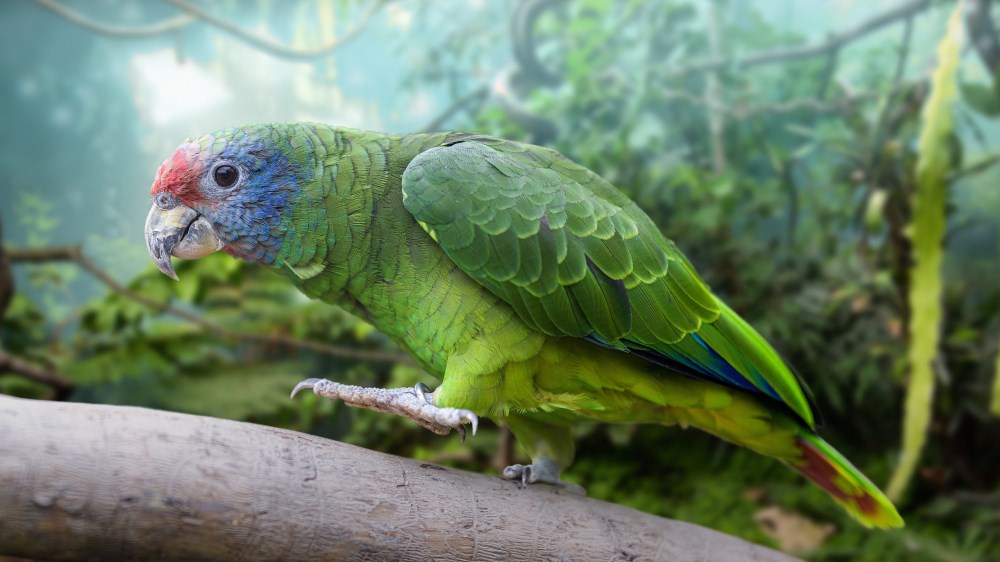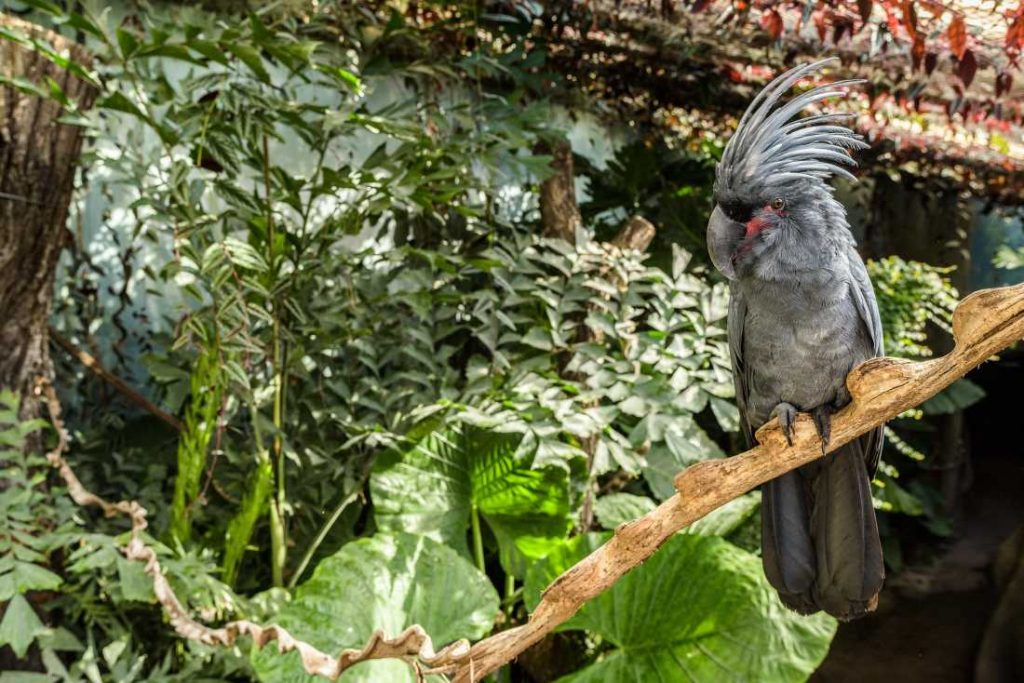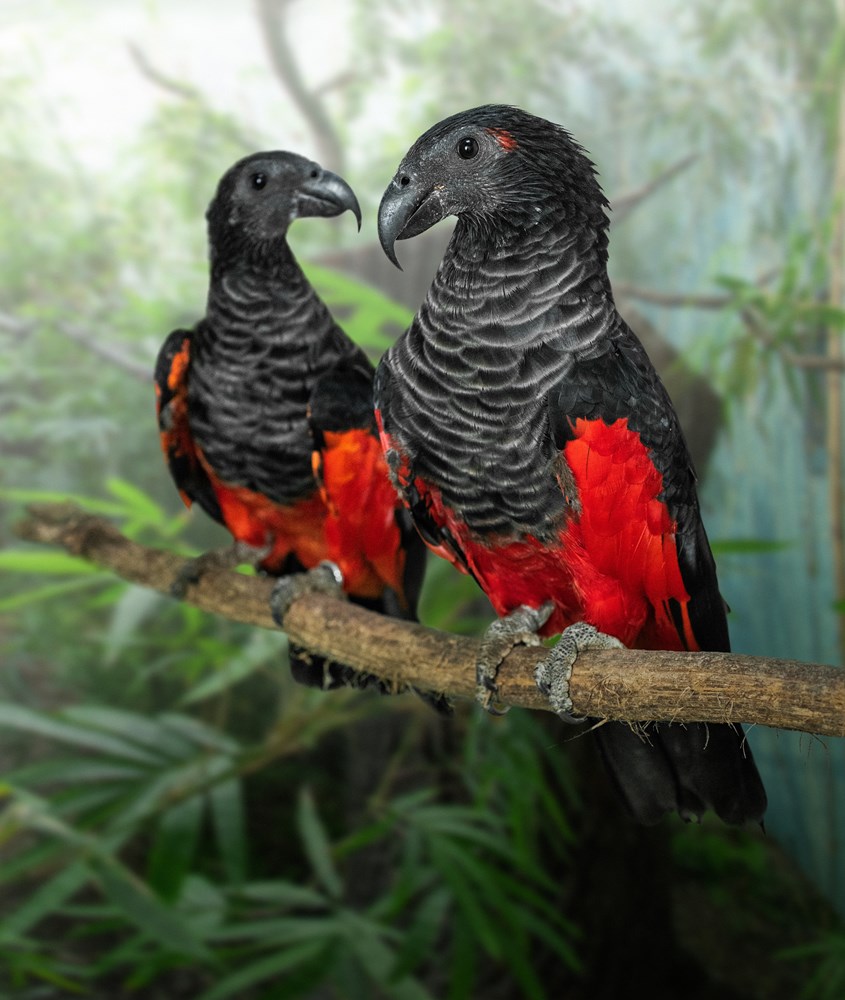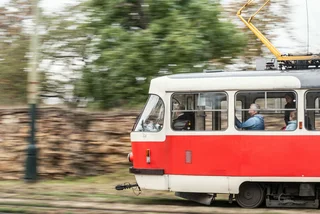Prague Zoo is giving itself a present. The zoo will open Rákos House (Rákosův pavilon) on September 28, the day of the Zoo’s annual birthday ceremony. It will house rare exotic birds, including the strictly protected Lear’s macaw and other species, some are which are the only ones found in any zoo in Europe.
The opening ceremony for the pavilion begins at 10:45 am and lasts until noon. It is part of the 88th birthday celebrations.
The pavilion will be
noteworthy not only for its collection of species, but also in its
form. It will introduce the birds in the context of their home
landscapes.
The new building bears the name of Stanislav Rákos, a patron, lifelong bird breeder and Prague Zoo supporter, who contributed 10 million CZK for the construction of the pavilion.
“Prague Zoo is one
of the best zoos in the world, and can now boast another unique item.
Not only a beautiful new pavilion, but above all its rare bird
inhabitants. So I would like to thank the patron, Mr. Rákos, the zoo
director [Mirek] Bobek, and all the employees who are doing their job
well and thanks to which this project could be realized,” Deputy
Mayor Petr Hlubuček (United Force for Prague) said.

Preparations for the
construction of the zoo’s latest pavilion began on the day Bobek
met Rákos. “It was the first time and, unfortunately, the last
time I had the pleasure to do so. Shortly before his death, this
enthusiastic breeder of exotic birds decided to leave a substantial
part of his property to Prague Zoo,” Bobek said in a press release.
“When we talked
about how we could use the money, I also mentioned one of our
deliberations: to build a brand new pavilion designed especially for
parrots instead of the cramped aviaries from the early 1930s. Mr
Rákos was so taken by this idea that during our meeting he asked me
how much we would need for it – and then he transferred it to us,”
he added.
“It sounds so
simple now, even a matter of course, but the construction of this
house was accompanied by a lot of problems. They were often difficult
to solve and always frustrating, but I’d like to think that they
didn’t affect the end result. This is confirmed by reviews from the
top experts who were the first to visit the pavilion,” Bobek said.
Rákos House
presents parrots in an environment that corresponds to the wild
habitats where they live in nature through their vegetation, terrain
modeling and painting. The pavilion has eight different habitats
that are inhabited by the most popular species: Lear’s macaws,
Pesquet’s parrots, blue-naped parrots, yellow-billed Amazons, palm
cockatoos, slender-billed parakeets, hyacinth macaws and more.

Visitors feel as if they are taking a small trip around the world as they walks through the pavilion, peeking into distant places. This concept is primarily the work of Antonín Vaidl, the curator of bird breeding.
“Even jungles on
different continents and islands do not look the same. Moreover
parrots do not only live in a tropical environment. That was our
intention — to show visitors how parrots live in their natural
environment,” Vaidl said.
“We had no
opportunity to learn from another zoo because we cannot find a
building with a similar intention for parrots. We worked with
personal experience in breeding and observing parrots in nature,”
he added.
Bobek, in a column
on the Prague Zoo website, cited come of the early praise.
Swiss expert Lars Lepperhof said it is fairly new to keep parrots in combination with plants . He appreciated how Rákos House fits into the surrounding environment and the fact that its roof can be opened so the parrots can be in direct sunlight while still being in the safety of the indoor space.

Another prominent
figure in the field, Rosemary Low from the UK, said the habitat for
the Lear’s macaws looks so perfect that in a photograph it is
indistinguishable from the real scenery in Brazil.
“The enclosures in
this Parrot House are the most natural and the most pleasing I have
seen in any zoo – and I have seen many. I know the zoo’s visitors
will be amazed and enchanted!” Low said.
Babek added he
believes that Mr Rákos would be happy.
Prague Zoo in 2018 saw its third-highest attendance, with over 1.4 million visitors. Part of the season for the drop over the 2016 record was the collapse of the footbridge linking the zoo to Stromovka. The replacement bridge may be ready by next summer.
The zoo currently
covers 58 hectares with 50 hectares used for exhibits. It has over
4,700 animals from 681 species, including 144 species listed as
threatened. It opened opened on Sept. 28, 1931.
At the start of the
main season in 2018, the fully renovated Gaston restaurant opened,
with 70 indoor seats and 230 at the outdoor terrace. The restaurant
is named for the sea lion who died in the 2002 floods after
attempting to swim back to the sea. The building is designed to be
more flood resistant and cost some 56 million CZK.
The zoo is rated fifth-best in the world by the travel website TripAdvisor, based on user reviews. It had been ranked as high as fourth in 2015.












 Reading time: 4 minutes
Reading time: 4 minutes 

























